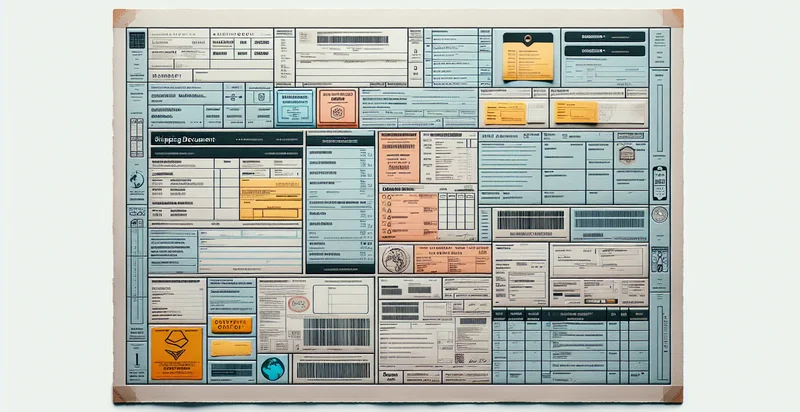Identify language of quality assurance document
using AI
Below is a free classifier to identify language of quality assurance document. Just input your text, and our AI will predict what quality assurance issue it pertains to - in just seconds.

Contact us for API access
Or, use Nyckel to build highly-accurate custom classifiers in just minutes. No PhD required.
Get started
import nyckel
credentials = nyckel.Credentials("YOUR_CLIENT_ID", "YOUR_CLIENT_SECRET")
nyckel.invoke("language-of-quality-assurance-document", "your_text_here", credentials)
fetch('https://www.nyckel.com/v1/functions/language-of-quality-assurance-document/invoke', {
method: 'POST',
headers: {
'Authorization': 'Bearer ' + 'YOUR_BEARER_TOKEN',
'Content-Type': 'application/json',
},
body: JSON.stringify(
{"data": "your_text_here"}
)
})
.then(response => response.json())
.then(data => console.log(data));
curl -X POST \
-H "Content-Type: application/json" \
-H "Authorization: Bearer YOUR_BEARER_TOKEN" \
-d '{"data": "your_text_here"}' \
https://www.nyckel.com/v1/functions/language-of-quality-assurance-document/invoke
How this classifier works
To start, input the text that you'd like analyzed. Our AI tool will then predict what quality assurance issue it pertains to.
This pretrained text model uses a Nyckel-created dataset and has 30 labels, including Arabic, Bengali, Bulgarian, Czech, Danish, Dutch, English, Filipino, French and German.
We'll also show a confidence score (the higher the number, the more confident the AI model is around what quality assurance issue it pertains to).
Whether you're just curious or building language of quality assurance document detection into your application, we hope our classifier proves helpful.
Related Classifiers
Need to identify language of quality assurance document at scale?
Get API or Zapier access to this classifier for free. It's perfect for:
- Document Compliance Verification: This use case involves automatically verifying whether quality assurance documents meet defined language standards and regulations. By identifying the language used in the documents, businesses can ensure compliance with regulatory requirements and avoid potential legal penalties.
- Automated Quality Control: Companies can utilize the function to enhance their quality control processes by screening documents for correct terminology and language usage. This ensures that only documents adhering to quality standards are released for further processes, reducing errors and improving overall quality.
- Consistency Checking: This function can be implemented to ensure consistency in terminology and language across multiple quality assurance documents. By identifying discrepancies in language, organizations can maintain a cohesive brand voice and messaging throughout their documentation.
- Language Localization Assessment: Businesses operating in multiple regions can leverage this tool to assess whether their quality assurance documents are appropriately localized. It helps to identify language variations and cultural nuances needed for different target markets, ensuring effective communication.
- Training and Onboarding Optimization: The language identifier can assist organizations in designing training materials by ensuring that language used in quality assurance documents aligns with the knowledge and skill level of the trainees. This promotes better understanding and engagement among new employees.
- Risk Management: By identifying potentially ambiguous or non-standard language in quality assurance documents, companies can proactively mitigate risks associated with miscommunication. This can lead to improved safety protocols and enhanced operational integrity.
- Document Archive and Retrieval: In organizations with large repositories of quality assurance documents, this function can streamline the classification process. By tagging documents based on the identified language, it becomes easier to archive, search, and retrieve specific documents when needed.


